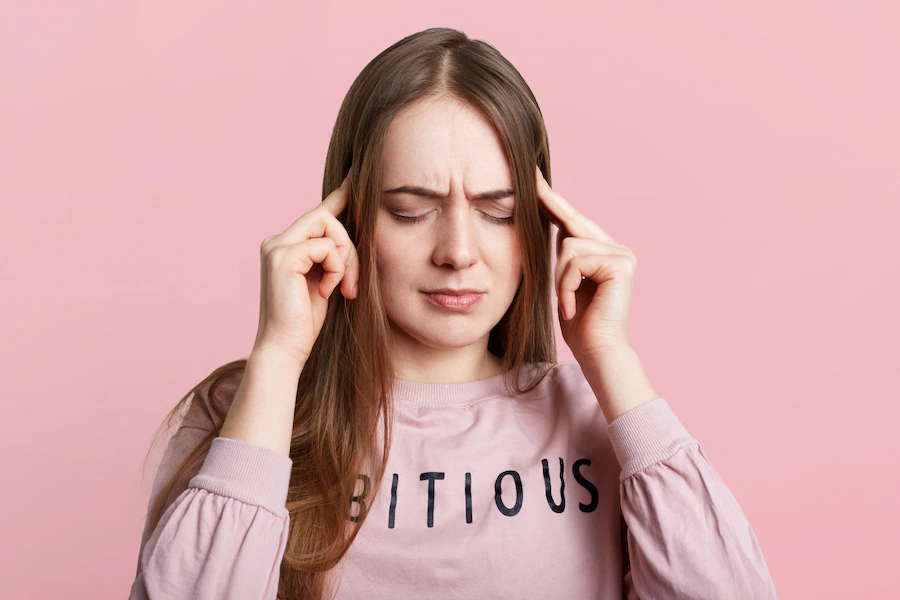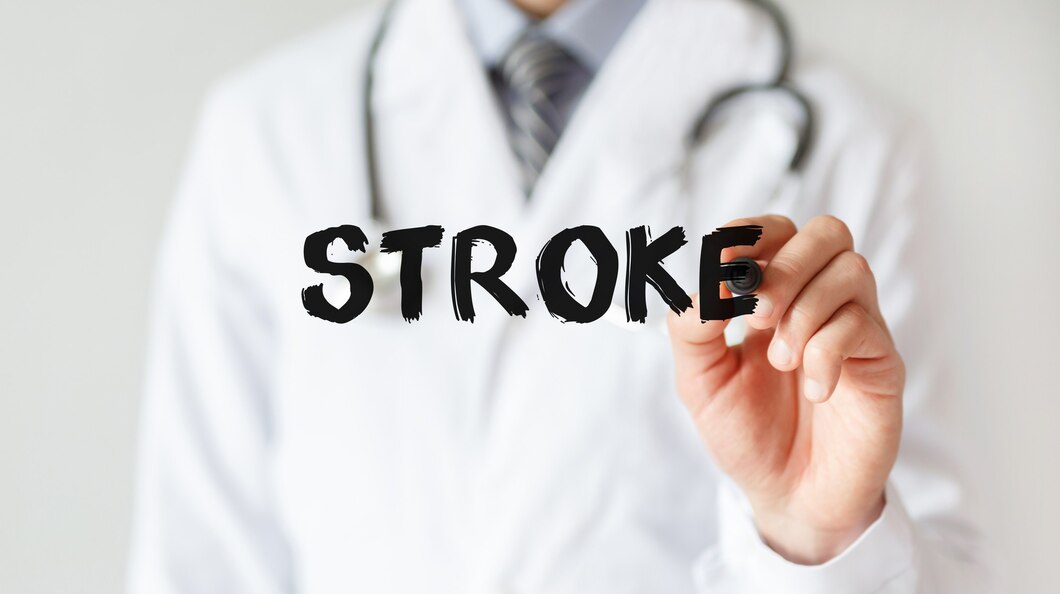Crucial Things You Need To Know About Silent Stroke
Researchers have known for a while that a silent stroke is fairly common. They affect a small brain area and can increase the risk for future symptomatic strokes. Whenever we talk about strokes, what comes to our mind is numbness, loss of movement, and slurred speech. But is that all?
However, silent strokes have no such symptoms. As a matter of fact, there is no symptom in the case of silent strokes. They have a resemblance to ischemic strokes, which take place when the blood supply from your body stops reaching the brain.
Below are some important details about silent stroke which you ought to know.
Contents
Stroke Risk Factors
A stroke is your brain’s version of a heart attack and a medical emergency. It can be prevented by getting regular health care, lowering risk factors, and seeking treatment immediately. A stroke can happen because a clot blocks an artery that supplies blood to the brain. A stroke also can occur because of bleeding inside the brain (hemorrhage).
Some things can cause you to have a higher risk for a stroke that cannot be changed, such as your age, gender, and family history. However, some things can be reduced by changing your lifestyle and taking medications, such as blood thinners. Since these strokes are very common than one might think, they require immediate attention.
8 out of every 10 Americans suffer a silent stroke annually. The risk increases when a person exceeds the age of 80; adult people have suffered a silent stroke once in their lifetime. After finding out white spots present on brain scans, healthcare professionals can trace other symptoms like clumsiness or motor function loss.
Signs Of A Stroke

Silent strokes are often discovered by chance when a person is sent for a brain (CT or MRI) scan for another reason, such as an unusual headache, dizziness, memory problems, or Parkinson’s disease. The scan shows telltale white spots in the brain, a sign of scar tissue.
Over time, silent strokes can cause neurological symptoms and put people at risk for future symptomatic strokes and dementia. Symptoms of a stroke can include a drooping face, weakness in one arm, or trouble speaking.
The FAST test is easy to remember: ask the person to smile, does one side of their mouth droop? Does their arm drift downward when they raise it? Is their speech slurred? If so, seek emergency care. Rehabilitation can help a damaged part of the brain learn to do its job differently, but time is critical.
A lot of people get confused about whether silent strokes are harmful or not. They may cause noticeable harm, even if they have no symptoms at all. The brain damage might lead to cognitive decline and even death. Further, it might also cause vascular dementia.
Symptoms Of A Stroke
People often know the symptoms of strokes, like weakness in the arms and difficulty speaking, but it is possible to have a silent stroke without realizing it. This type of stroke happens when the blood flow to a part of the brain is blocked.
It can lead to various symptoms, including muscle weakness, slurred speech, and confusion. A person having a stroke is always considered a medical emergency. The longer the stroke goes untreated, the greater the chance of permanent brain damage.
If you see these symptoms in someone, call 000 right away. A doctor can help people lower their risk of another stroke by managing underlying health conditions such as high blood pressure, diabetes, and cholesterol levels.
Treatment For A Stroke
The good news is that silent stroke symptoms are treatable; like a heart attack, a silent stroke results in a blood vessel blockage that damages brain tissue. But unlike a TIA or a transient ischemic attack, it does not cause any noticeable signs and symptoms.
Silent strokes affect parts of the brain that do not control major movements or essential functions such as speech, so they are often mistaken for garden-variety clumsiness or memory lapses. Doctors may also discover them accidentally during a routine imaging test for other reasons.
If you have had a silent stroke, it is a sign that you need to address your cardiovascular risk factors, such as high cholesterol, smoking, and blood pressure. This will help you reduce the chance of a stroke and protect your memory.
Prevention Of A Stroke
Although it is hard to prevent a stroke, there are some things that you can do to lower your risk. These include eating a balanced diet, exercising, and avoiding tobacco, excessive alcohol, and salt. In addition, you can also take medications to help thin your blood or lower your cholesterol levels.
Silent strokes result from blood flow being blocked in the brain, leading to memory problems and other cognitive issues. A history of these strokes can also raise your risk of future strokes.
If you have a TIA or experience symptoms like imbalance or clumsiness, tell your doctor immediately and ask to be screened for atrial fibrillation (AFib), which can increase your risk of blood clot-causing strokes.
You should also follow healthy lifestyle habits, such as exercising 3-5 times per week, eating a low-fat, high-fiber diet, and maintaining a normal blood pressure level.
Wrapping It Up
While it might be difficult to detect the symptoms of silent strokes, you can always prevent them by incorporating healthy habits into your life. You might have to be a little cautious if you have signs of heart disease, high blood pressure, or diabetes.
Adapting to a healthy lifestyle is the key to keeping yourself away from life-threatening diseases. Quitting smoking and drinking, eating a balanced diet, and exercising are some easy healthy habits you might start with. Also, keep your cholesterol levels in check.
So, this was all about the various aspects of silent strokes. Save the article and refer to the points whenever needed. Don’t forget to consult medical help if you encounter someone who shows the symptoms of fainting and sudden dizziness. Thank you for reading!
Read Also:
- What Are Bug Bites? Know About The Types And Symptoms
- What Is Bipolar Disorder? Symptoms, Treatment, And Prevention
- Orange Triad Multivitamin Review, Ingredients, Side Effects, Benefits & Price



